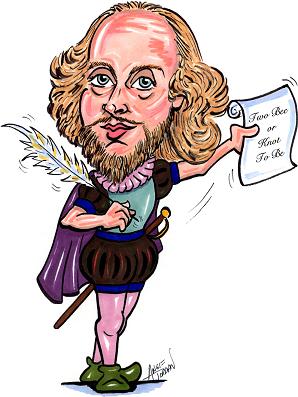During the last year, Tufts University started a pilot project that represents one of the most significant shifts in undergraduate admissions policies for a competitive research university. The experiment involves additional essays used to identify applicants who are creative, who possess practical skills, or who have wisdom about how to promote the common good — characteristics Tufts says are consistent with its vision of higher education, but which may not be reflected in SAT scores or high school grade point averages.
The early results are encouraging to Tufts and have at least one other university looking at the experiment for possible adoption or adaptation. ...
The Tufts program is known as Kaleidoscope and it is based on the work of Robert Sternberg, a psychologist who specializes in measuring intelligence and promoting creativity, and who is dean of the School of Arts and Sciences at Tufts. Sternberg has worked for years to demonstrate that there are many factors — not just grades or test scores — that can predict the success of students in various academic settings. Many admissions reforms these days are based on the idea of “holistic admissions,” in which committees attempt to take a more in depth, and less numbers-driven look at applicants. But Kaleidoscope responds to the concerns of some that such approaches may be too impressionistic and subjective. ...
What Kaleidoscope does on the application is give the prospective student the chance to write a short additional essay selected among eight prompts. But the topics are not standard, and are designed to demonstrate the presence (or absence) of certain qualities in an applicant. The topics for next year illustrate the idea of moving beyond the “name a person you admire” or “name a book that influenced you” approach to essays. One prompt is simply “What is more interesting: Gorillas or guerrillas?” Another invites students to do as follows: “Use an 8.5 x 11 inch sheet of paper to create something. You can blueprint your future home, create a new product, design a costume or a theatrical set, compose a score or do something entirely different. Let your imagination wander.” Another says: “Thomas Edison believed invention required ‘a good imagination and a pile of junk.’ What inspires your original thinking? How might you apply your ingenuity to serve the common good and make a difference in society?” ...
Coffin said that one of the main advantages of the new system may have nothing to do with the validity of the approach in predicting success. “What we found in reading the essays is that they were profoundly different” from standard college application essays, he said. “Kids weren’t being coached to the question,” so there was “a freshness of writing” in the pieces.
But Coffin said that the essays also pointed to genuine student attributes. In some past years, similar attributes may have been raised in a student essay or in a teacher’s recommendation. But Coffin said that in many cases, the essay prompt yielded evidence that wasn’t previously available and that helped some applicants win admission in a “tangible” way, not just because of a feeling that someone had a particular set of qualities.
Some academics have feared that adding such factors would take away from academic competitiveness using traditional measures. But the first year at Tufts didn’t find that. ...
Philip Ballinger, director of admissions at the University of Washington, is among those who have been watching the Tufts project closely with an eye to using the approach. Washington currently uses a holistic approach, similar to that adopted by similar universities that have had to eliminate affirmative action in the wake of a state referendum, in which Ballinger said that admissions committees looked at “contextual factors” that may influence a candidate’s academic record or ability to succeed. But he said he has wanted to move beyond that, to get additional factors that have predictive value.
“A holistic process is always going to strike many as subjective and mysterious, and I understand that, but with work like [the Tufts project], if the data supports it, then we have something that is more data founded and more easily communicated,” Ballinger said.
A question mark for Ballinger is scale. The University of Washington is larger than Tufts and receives more than 30,000 applications. “I want to to see if we can find ways of assessing these possible new predictors, and to see if there is some way to assess them that isn’t as labor intensive,” he said. ...
The kinds of questions Tufts is asking relate in part to the idea that education “has a public purpose, to prepare our citizenry,” Thacker said. He said he’s also happy whenever he sees an admissions change that brings the application process “closer to education.”
“In education, imagination is extremely important and the current process does not encourage creativity, imagination, courage, wondering, or civic-mindedness,” Thacker said. “It encourages gamesmanship, competition, managing your high school career to please a dean.” Tufts, he said, “seems to be sending different messages. I like that.”
Wednesday, July 11, 2007
New View of Admissions
Inside Higher Ed :
Subscribe to:
Post Comments (Atom)


No comments:
Post a Comment